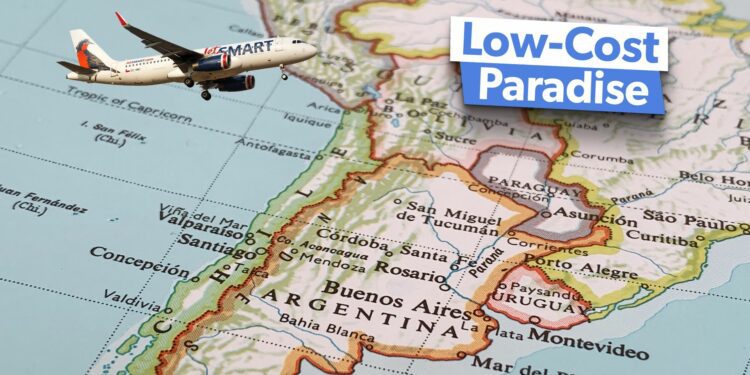Photo:Â Matheus Obst | Shutterstock
Furthermore, these large legacy carriers rely on massive hubs to operate their hub-and-spoke route networks, which require passengers to funnel through large hub airports between destinations. One of the major challenges that these kinds of operational models pose is that they prevent airlines from making strategic network shifts quickly.
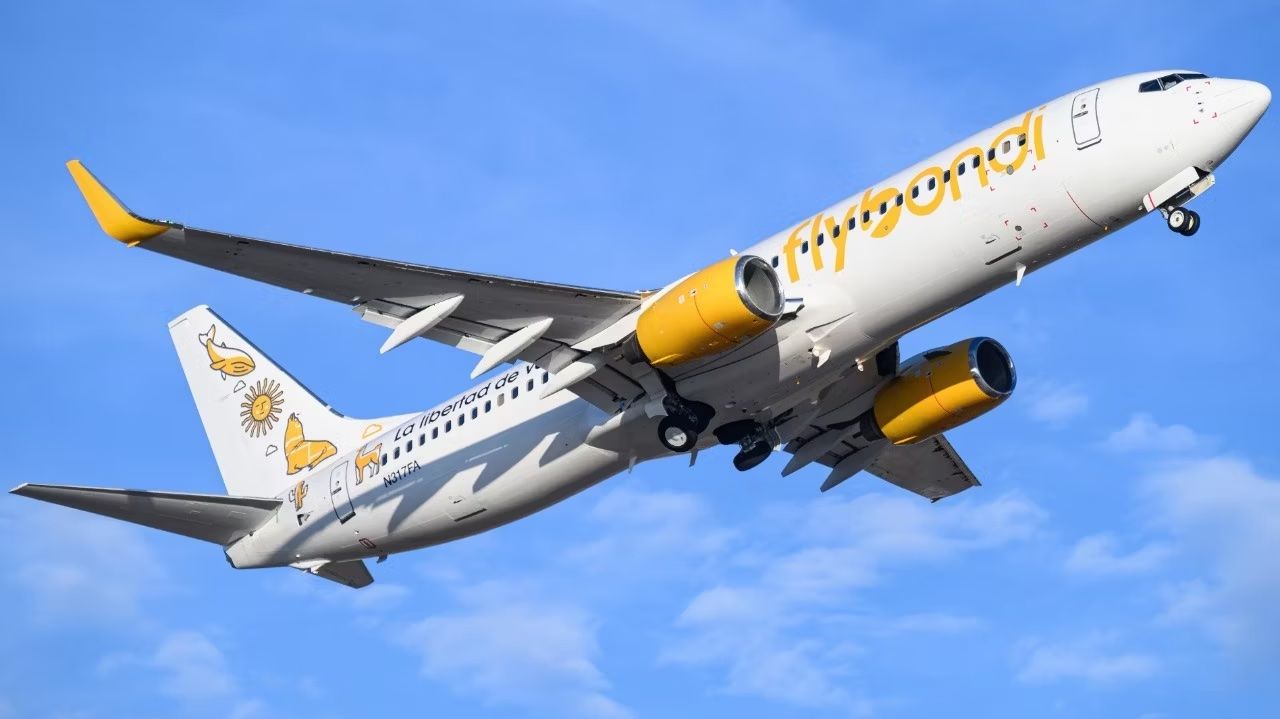 Related FlyBondi vs. JetSmart: Analyzing The Argentine Low-Cost Giants
Related FlyBondi vs. JetSmart: Analyzing The Argentine Low-Cost Giants
What sets apart these two low-cost Argentinian players?
It is difficult for legacy airlines to rapidly shift capacity away from a hub and towards a different set of routes, as they have long-standing agreements with their hub airports and have already invested heavily in these facilities. Furthermore, their reliance on the business traveler forces them to continue serving routes even in off-seasons.
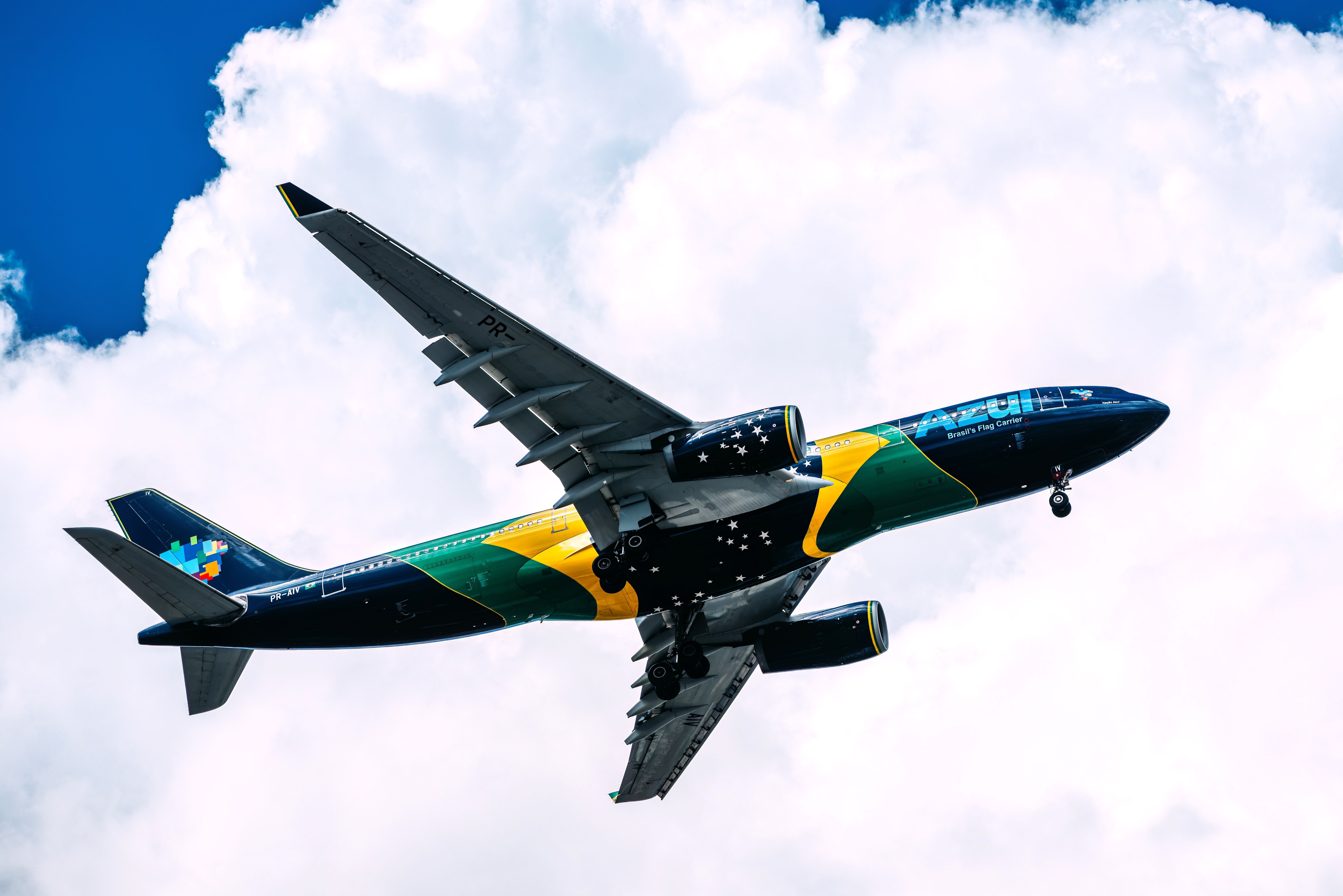
Photo:Â Alexandre Rotenberg | Shutterstock
The South American market is less conducive to legacy airlines
It is easy to justify the success of South American low-cost airlines by simply pointing to the lower amount of business travel that takes place on the continent each year. However, there are economic factors that run deeper than simply focusing on business travelers.
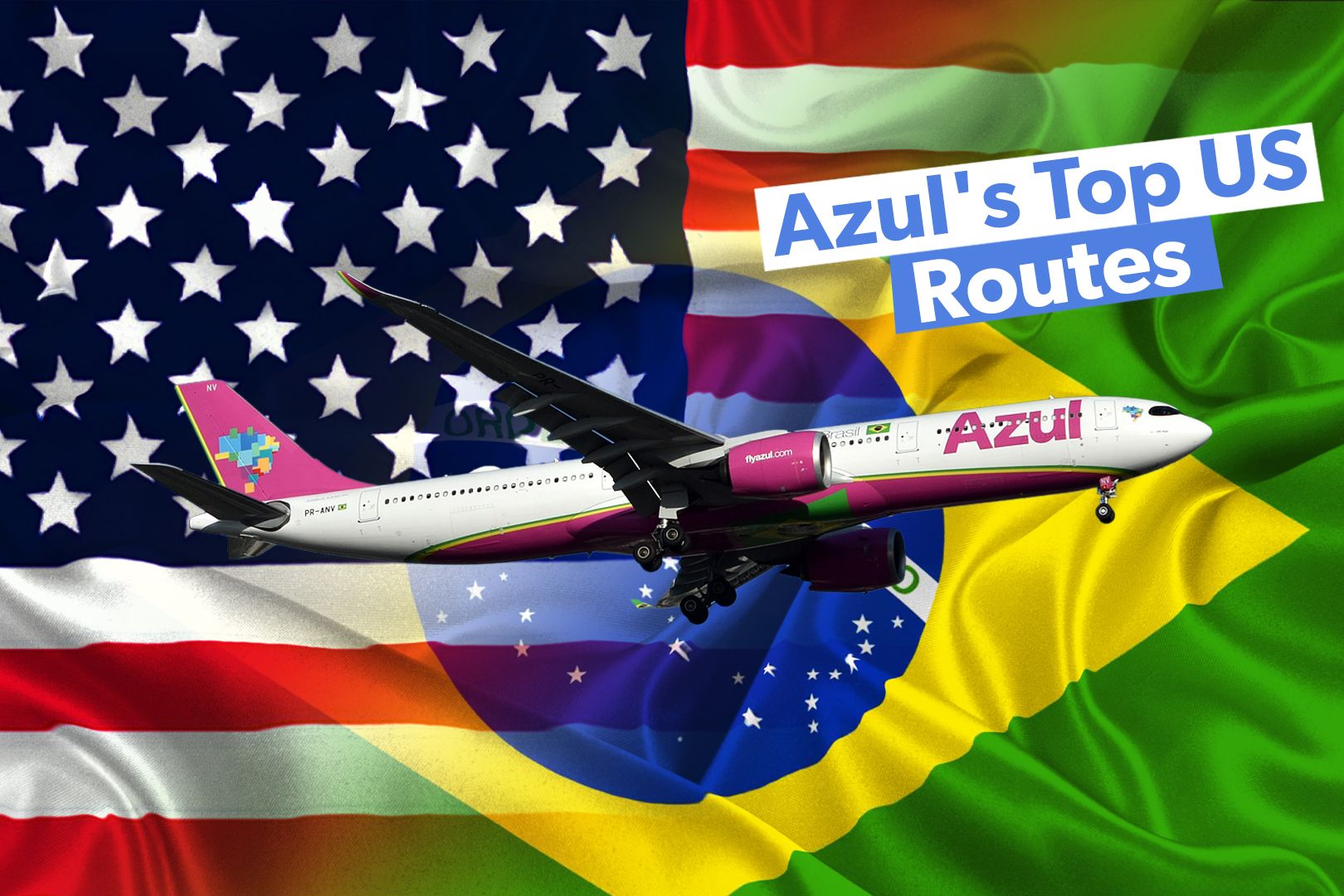 Related Top 5: These Are Azul’s Leading US Routes By Available Seat Miles
Related Top 5: These Are Azul’s Leading US Routes By Available Seat Miles
The most-featured US airport on this list is the Orlando International Airport.
South America, with countries like Argentina, Brazil, and Colombia, has a far higher level of economic volatility than the United States or Europe, forcing airlines to be ready to adapt their route networks to current trends in passenger demand. The continent’s low-cost carriers have mastered the art of having malleable point-to-point networks that seem to have mastered the challenge of always being where passengers want to go. Some airlines that have used this kind of model include the following carriers:
South America has an increasingly growing middle class, one that is price-conscious due to constant economic fluctuations in the region. As a result, leisure-oriented airlines are better prepared to suit the needs of customers, who are looking to travel but never looking to pay any more than is necessary for their trip.
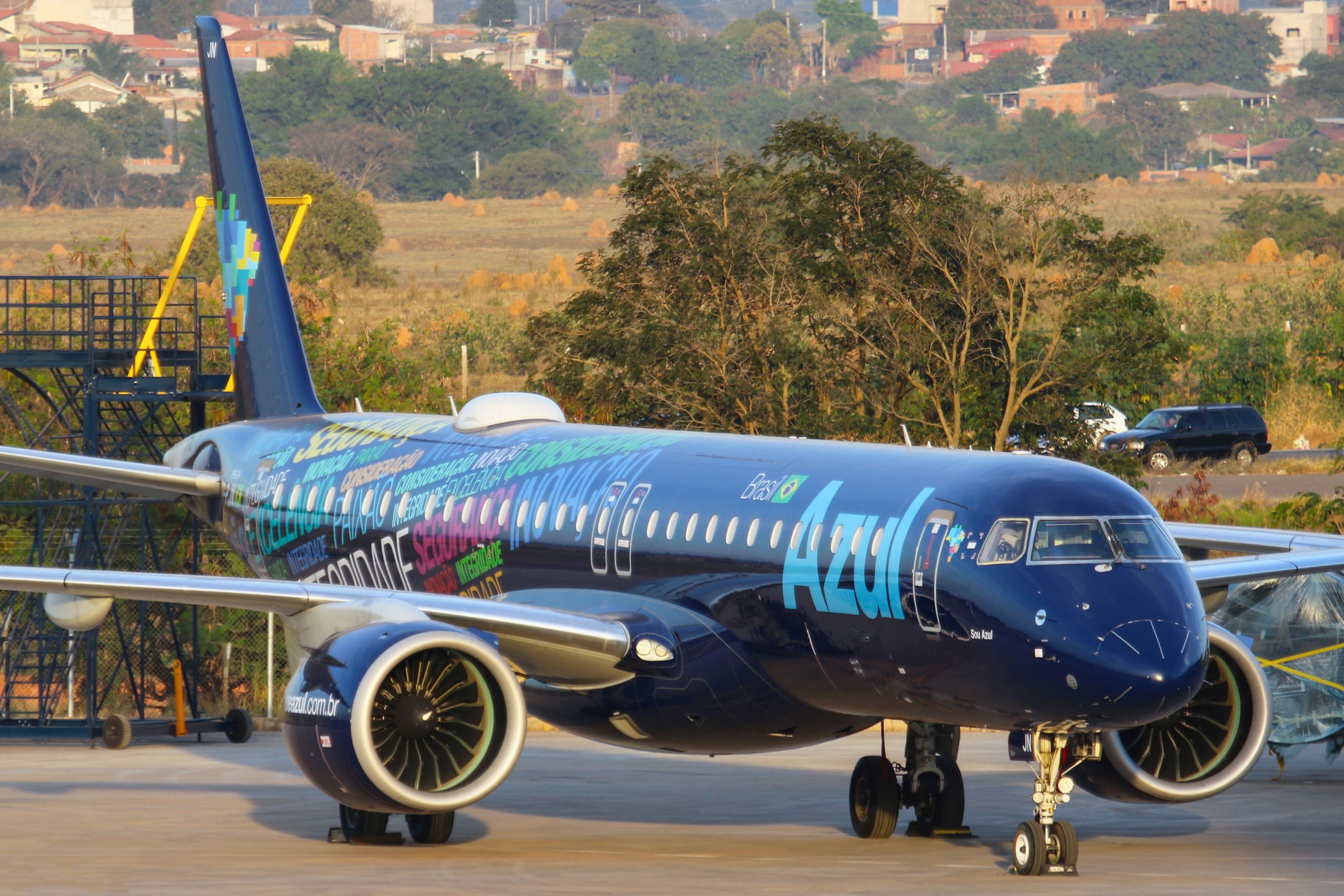
Photo: Guilherme Amancio Moreno | Shutterstock
Legacy airlines in South America have failed to respond to post-pandemic shifts in demand as effectively as those in the United States. While United and Delta are all operating new kinds of non-hub routes to popular leisure destinations like Florida in an attempt to compete with airlines like Spirit and Frontier, airlines like AerolĂneas Argentinas and LATAM continue to lose ground in key leisure markets. The statistics also back up this argument. An analysis of IATA data from The Brazilian Report concluded that budget airlines have been the principal catalysts of the post-pandemic recovery in South America, with their market share rising sharply from 37% in 2019 to 43% in 2023.
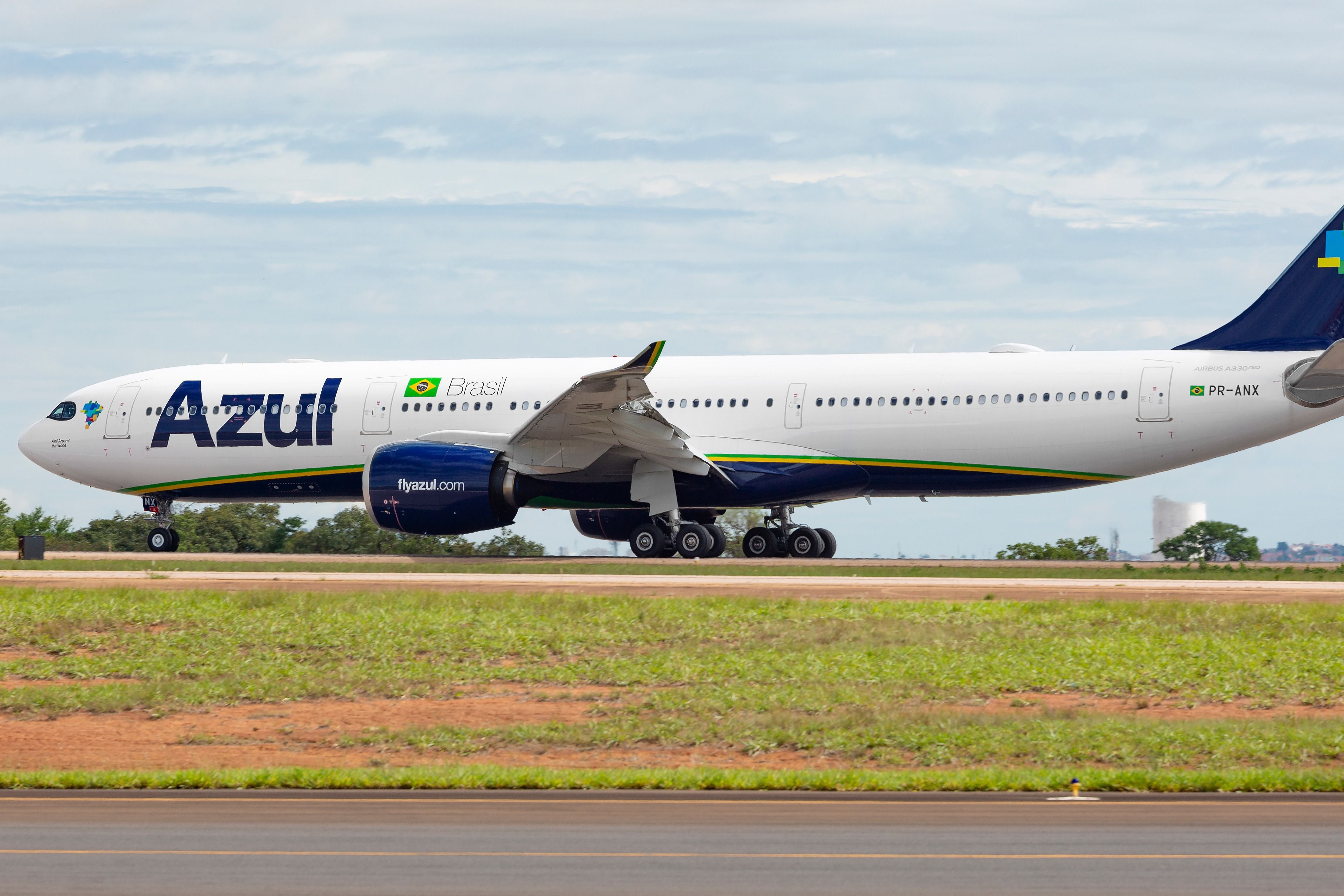
Photo: Matheus Obst | Shutterstock
Â
Management decisions cannot be ignored
A final piece of the low-cost airline success story in South America that cannot be ignored is the series of impressive management decisions that have led to the rise of budget airlines on the continent. Azul, for example, rose to prominence using a unique strategy of stimulating demand on different routes, an idea pioneered by its founder David Neeleman, an industry titan who founded many airlines.
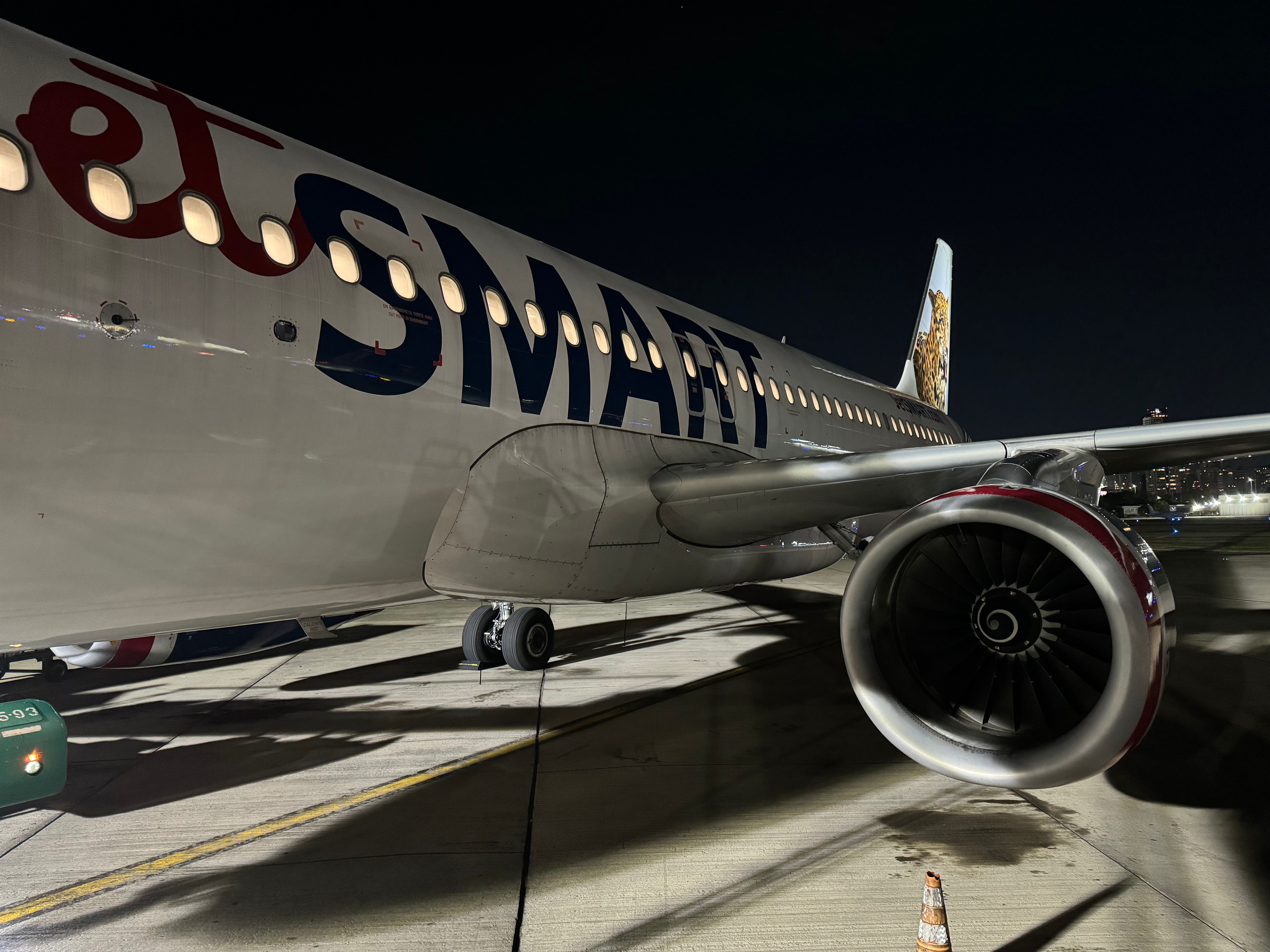
Photo: Alexander Mitchell | Simple Flying
American private equity firm Indigo Partners, which has set up a handful of successful low-cost carriers across the world, also has a stake in the success of South American low-cost aviation. The firm owns JetSmart, and alongside its founder and CEO Estuardo Ortiz Porras, capitalized on the pandemic to gain a massive foothold in markets across South America. The airline has also continued to innovate, and it recently became the first South American airline to join the AAdvantage loyalty program.
Source link : http://www.bing.com/news/apiclick.aspx?ref=FexRss&aid=&tid=672fb719fc9542ba84ce96715ceba37d&url=https%3A%2F%2Fsimpleflying.com%2Fsouth-america-successful-low-cost-airlines-guide%2F&c=8905308856323356602&mkt=en-us
Author :
Publish date : 2024-11-09 06:04:00
Copyright for syndicated content belongs to the linked Source.

